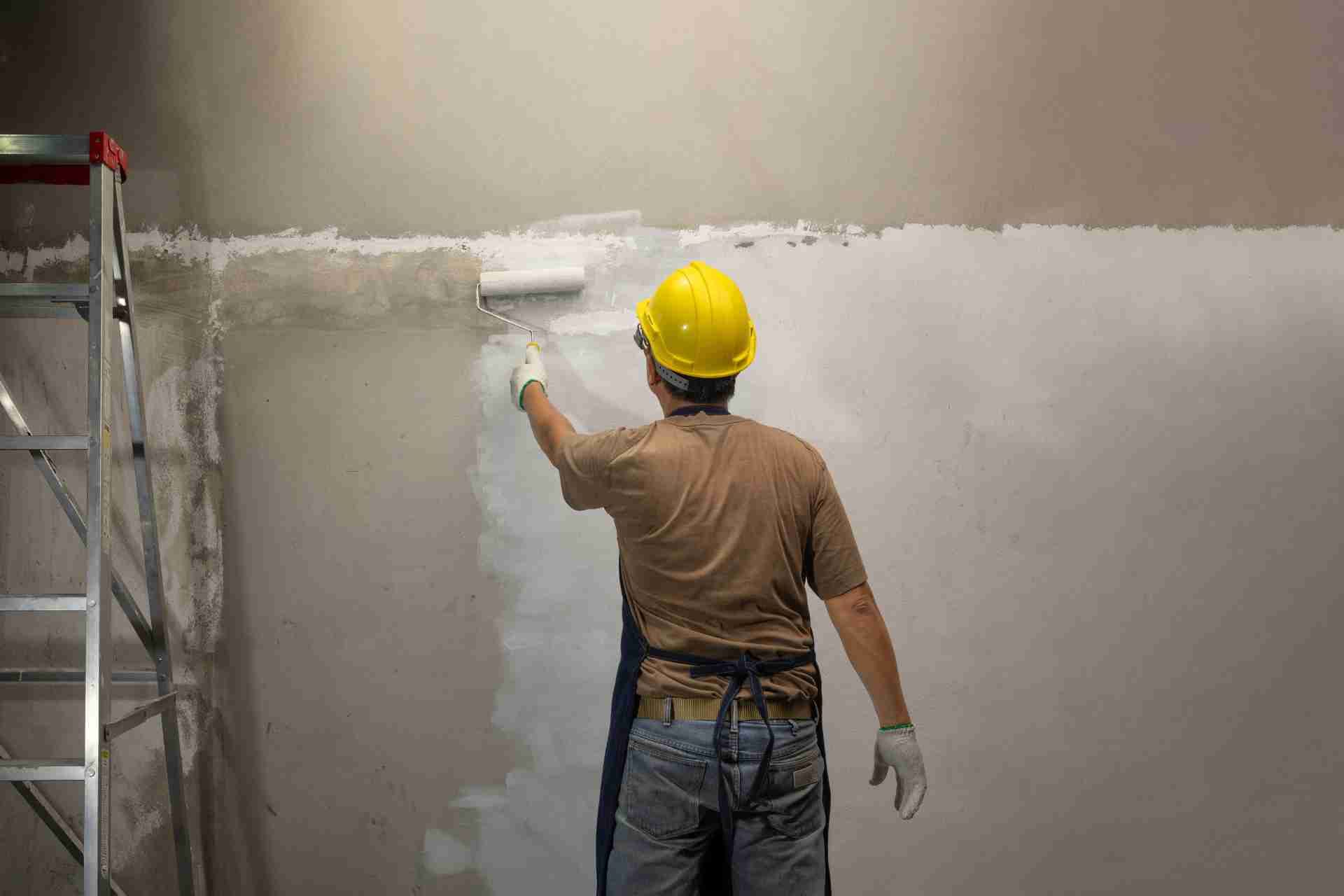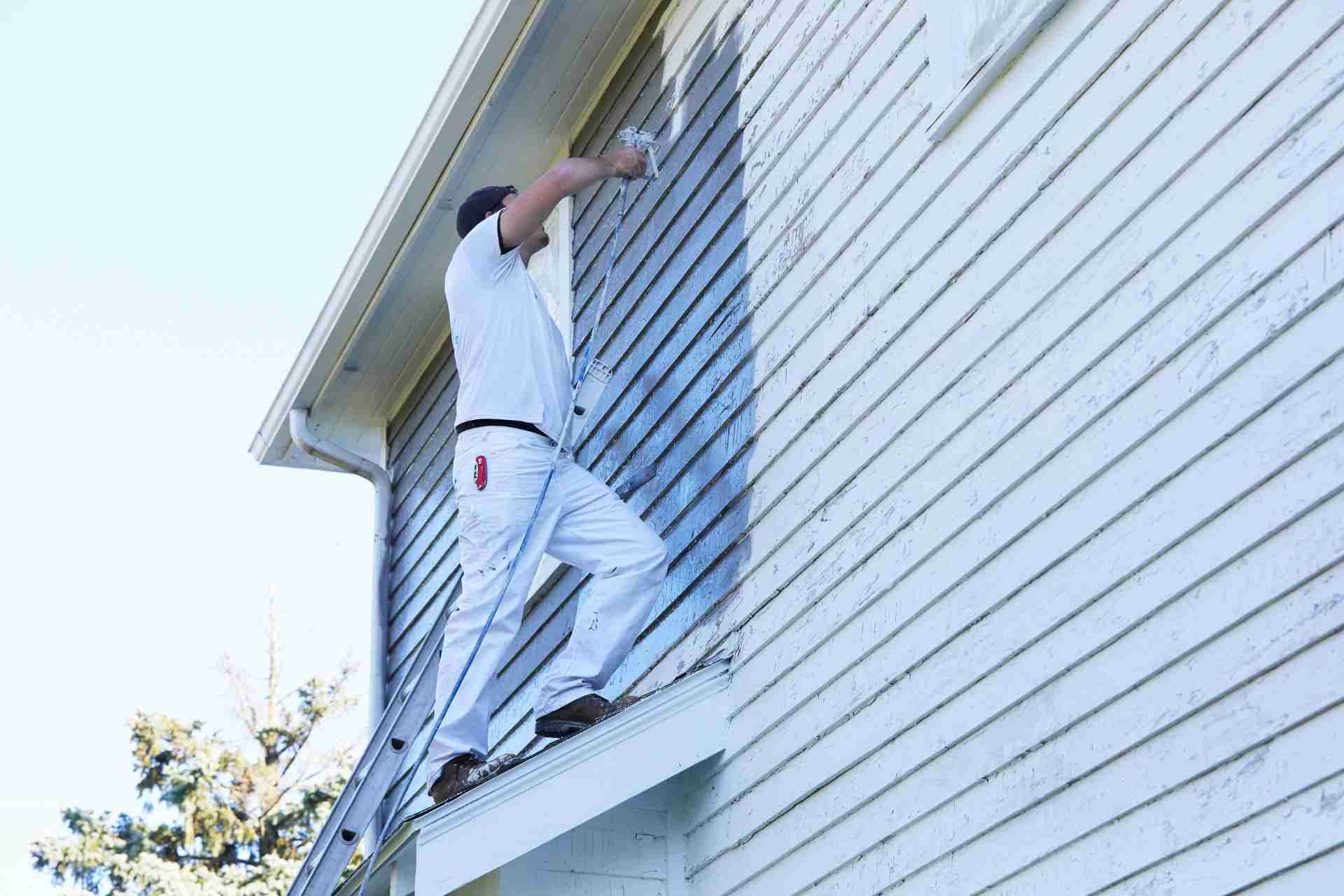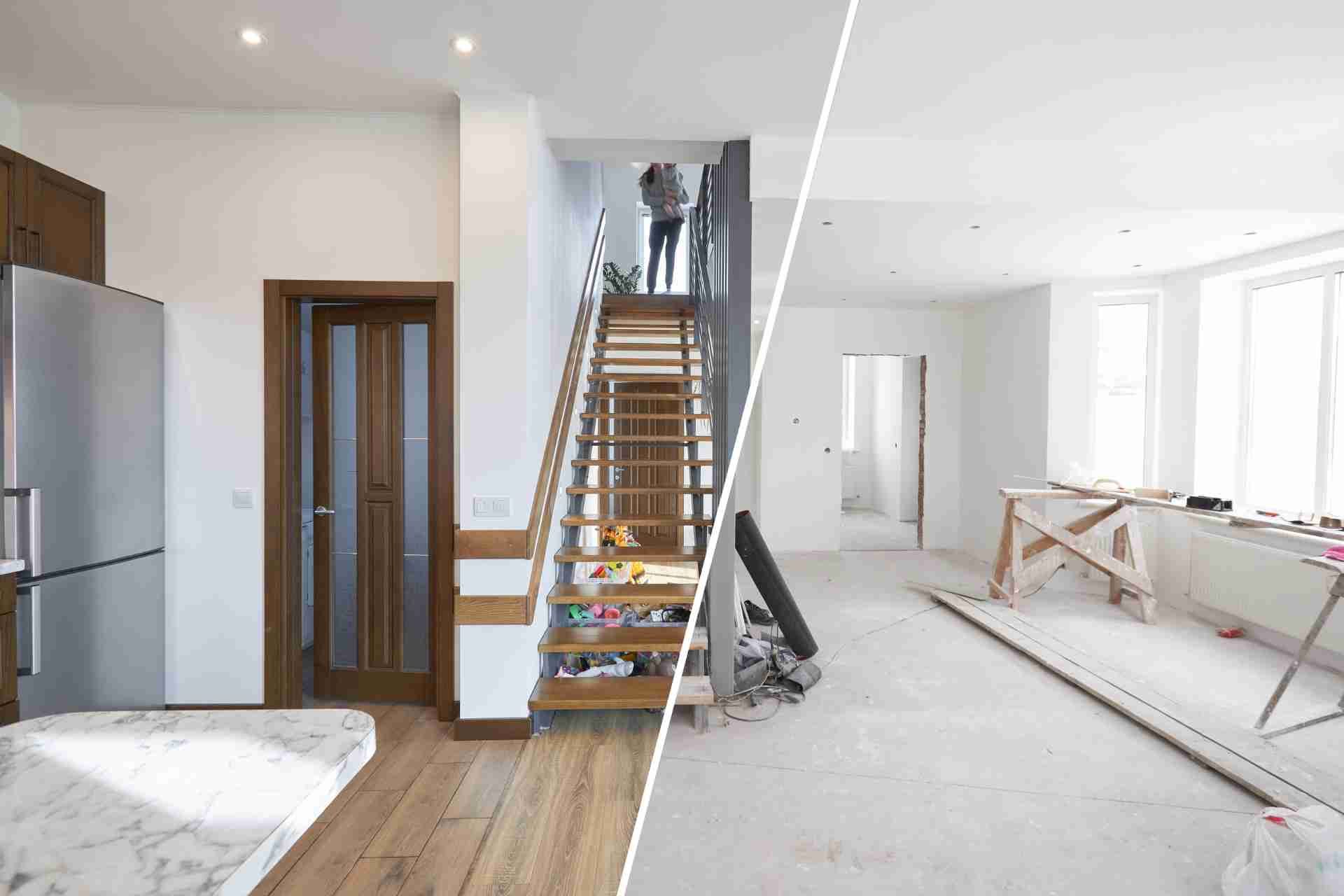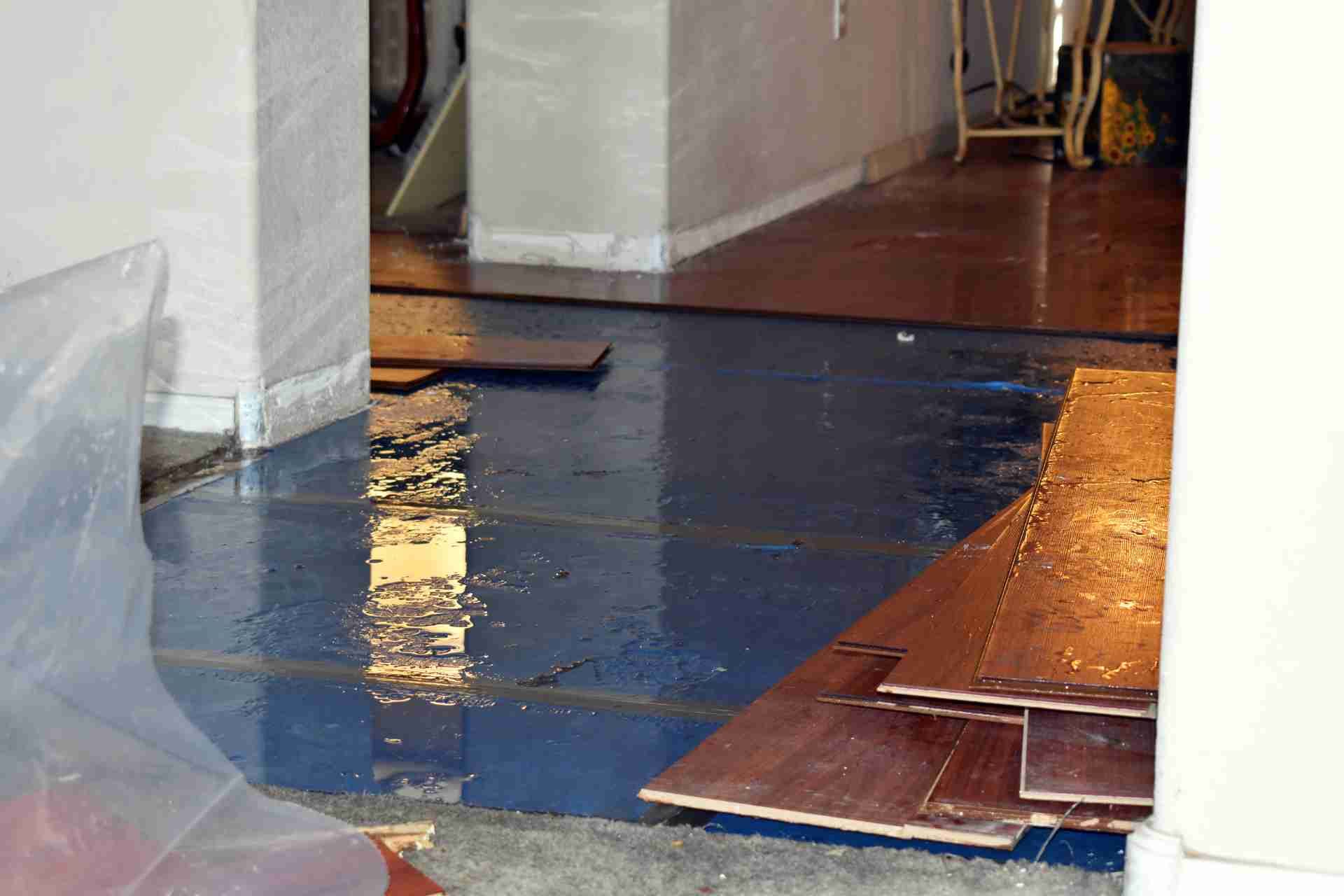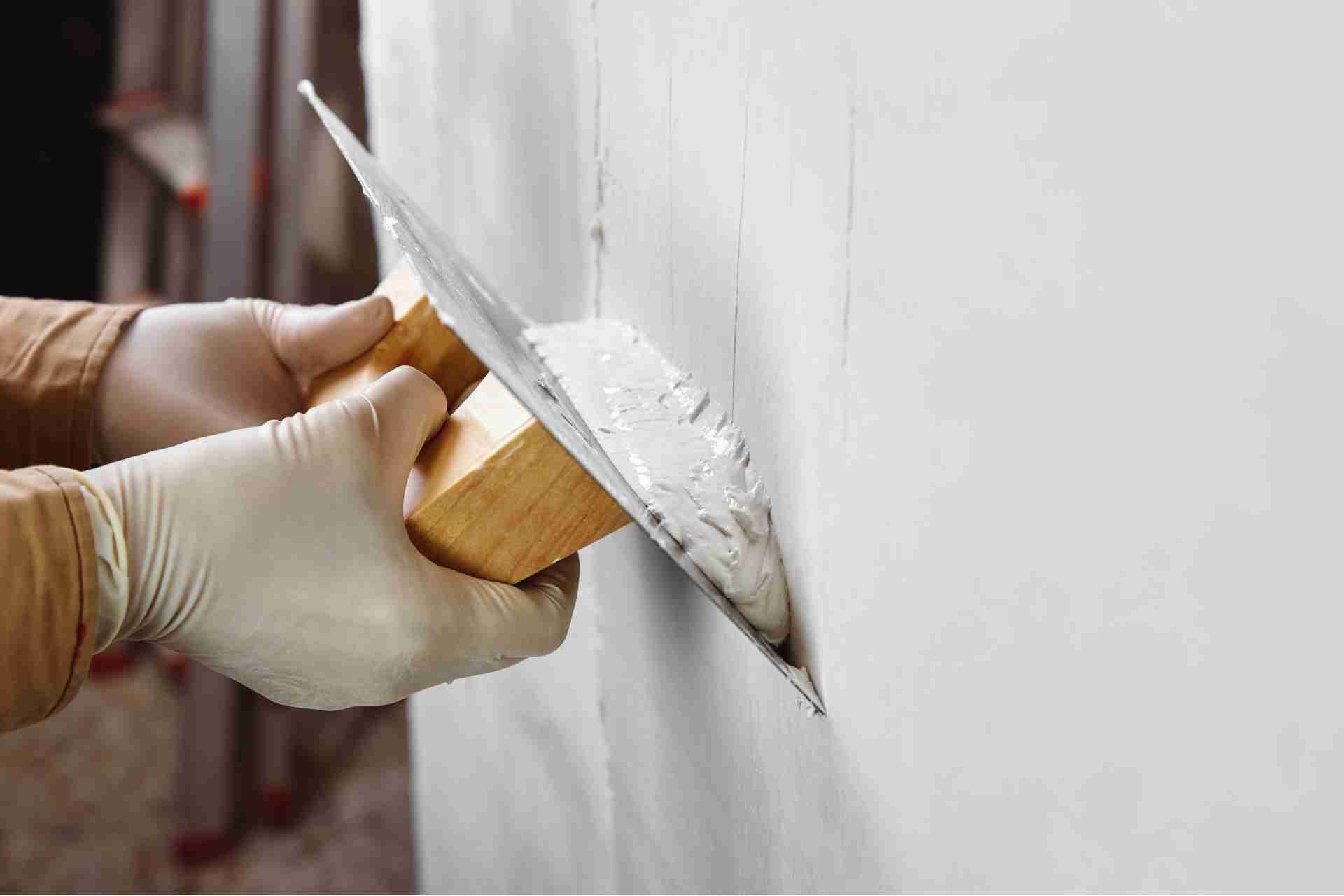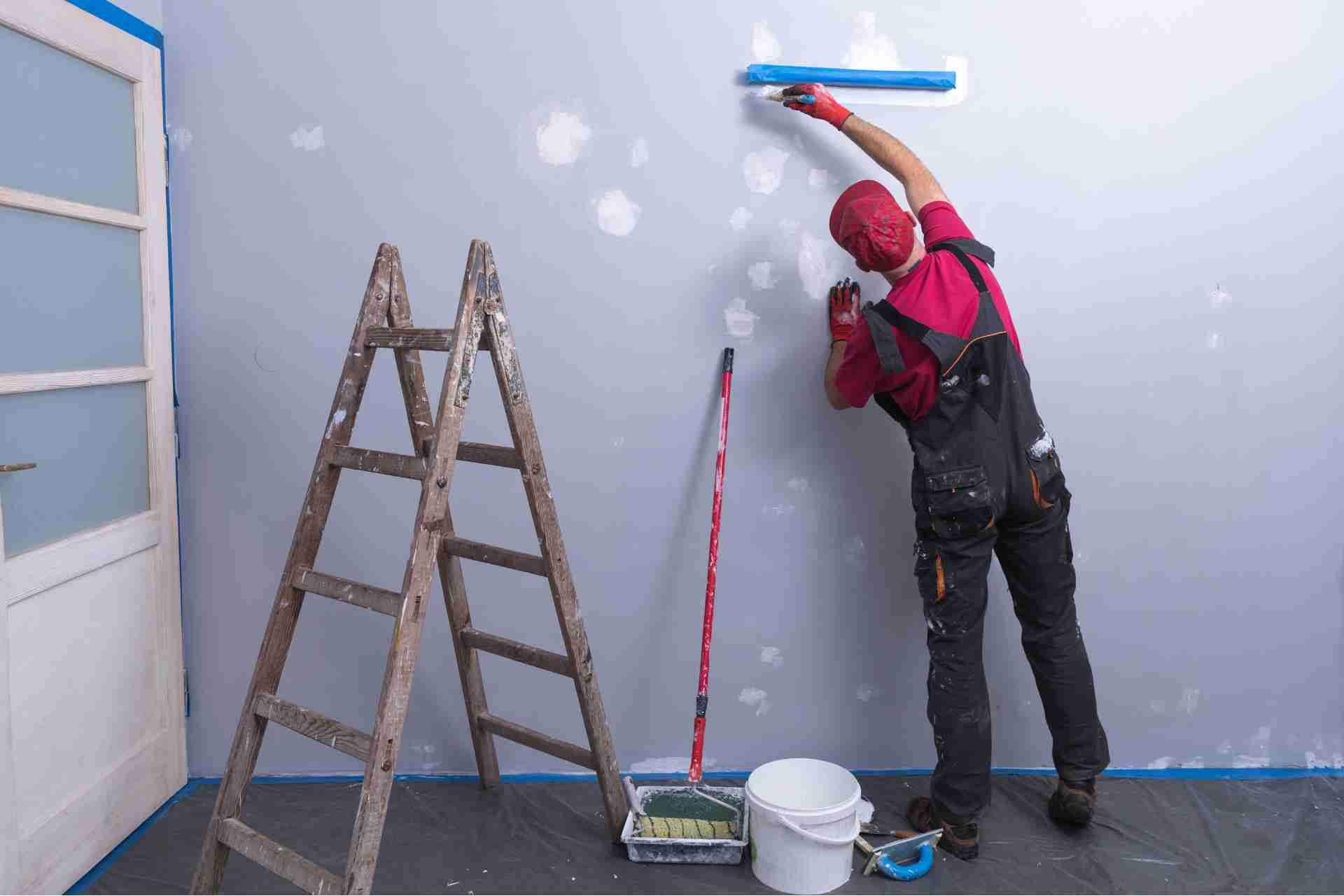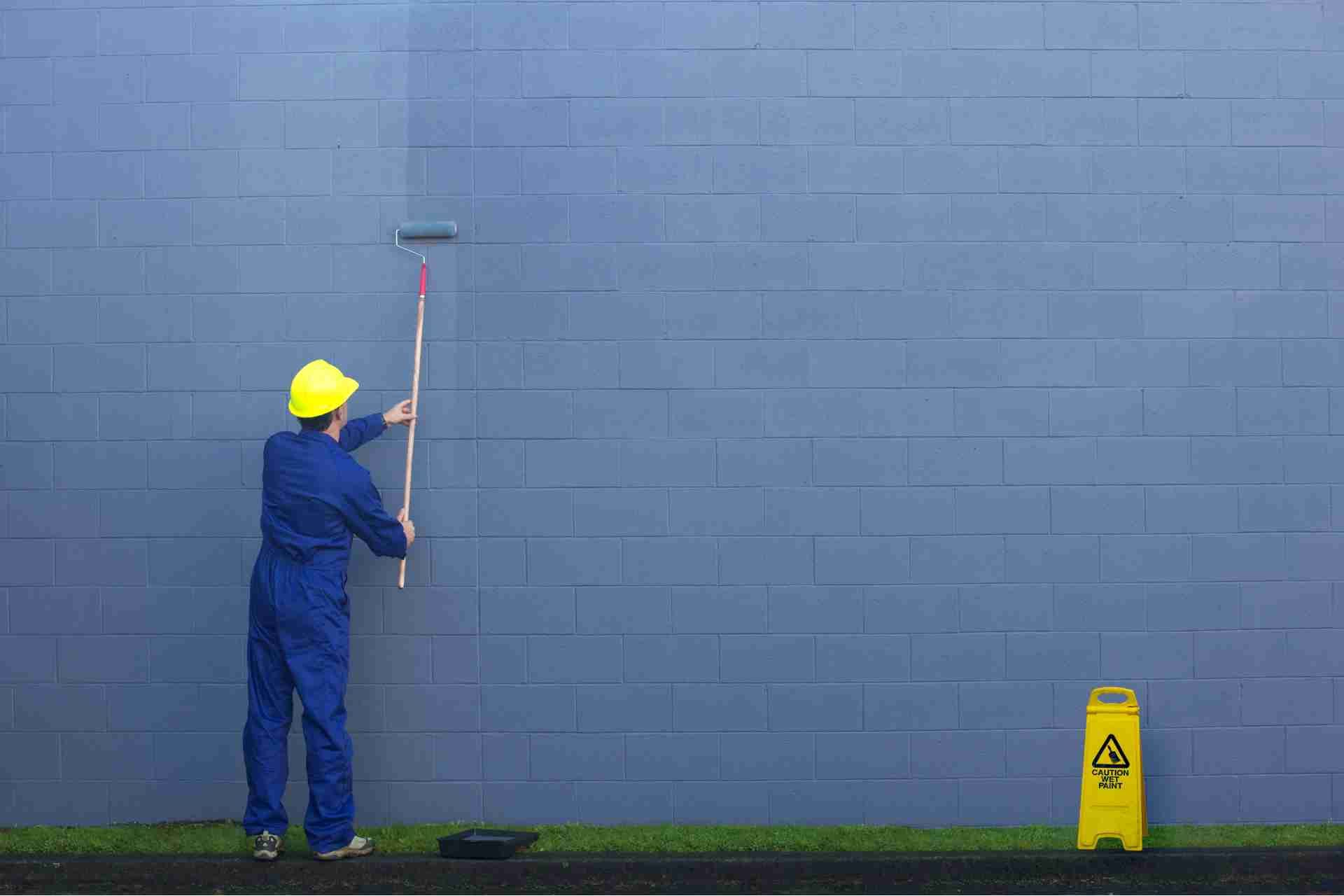What to Consider Before Painting a Brick Wall
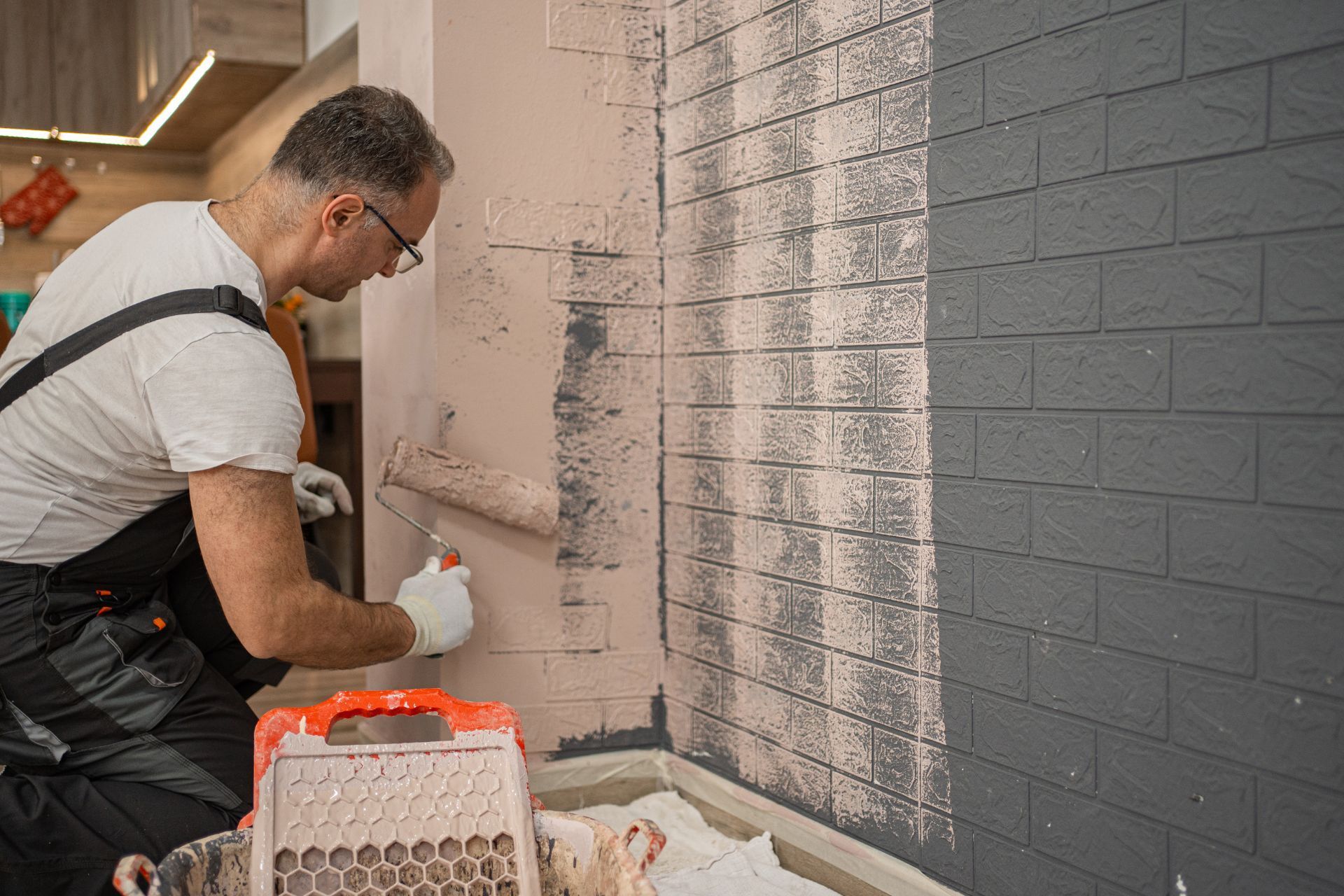
Brick walls are a classic and timeless architectural feature that adds character and charm to any space. But sometimes, they can look drab and uninspiring. One way to elevate the look of a brick wall is by giving it a fresh coat of paint.
Painting a brick wall can completely transform the look and feel of a room. It can bring new life to an old, tired wall and create a focal point that draws the eye. Whether you want to add a pop of color or create a more neutral backdrop, painting a brick wall can help you achieve the look you desire.
However, if you're considering painting a brick wall, there are a few important factors to consider before you begin. Here are some things to keep in mind before painting a brick wall:
Evaluating the Condition of the Bricks
Before diving into a DIY brick painting project, it's essential to evaluate the condition of the bricks in order to achieve the best results. Neglecting this crucial step can lead to peeling paint, uneven coverage, and an overall unsatisfactory finish. Here are some key factors to consider when evaluating the condition of your bricks before painting:
1. Cleanliness: Before painting, it's important to thoroughly clean the bricks to remove any dirt, dust, or debris. This can be done using a pressure washer or a mixture of water and mild detergent. Cleaning the bricks will ensure a smooth surface for the paint to adhere to, preventing any bubbling or flaking later on.
2. Damage: Inspect the bricks for any signs of damage, such as cracks, chips, or loose mortar. These issues should be addressed before painting, as they can impact the paint's durability and longevity. Cracks can be filled with a mortar repair product, while loose mortar should be re-pointed to ensure a solid foundation for the paint.
3. Efflorescence: Efflorescence is a common issue with bricks, caused by mineral deposits leaching to the surface and creating a white, powdery residue. Before painting, it's important to remove efflorescence using a stiff brush or a commercial efflorescence remover. Failing to address this issue can result in the paint peeling or discoloring over time.
4. Moisture: Moisture can wreak havoc on painted bricks, causing the paint to blister, bubble, or peel. Before painting, it's crucial to ensure that the bricks are dry and free of any moisture infiltration. This may require waiting for a few days after cleaning or using a moisture meter to confirm that the bricks are ready for painting.
5. Previous paint: If the bricks have been previously painted, it's important to assess the condition of the existing paint. If the paint is in good shape and well-adhered, it can be painted over with a fresh coat. However, if the paint is peeling or flaking, it will need to be removed before applying a new coat.
Choosing the Right Type of Paint
When it comes to painting a brick wall, choosing the right type of paint is crucial to ensure a long-lasting and beautiful finish. Brick walls can add character and charm to a home or space, but the wrong type of paint can not only ruin the look of the wall but also cause damage over time.
Before moving forward with painting a brick wall, it's essential to consider the surface of the brick and the conditions it will be exposed to. Here are some tips to help you choose the right type of paint for your brick wall:
- Consider the type of brick: Different types of brick surfaces require different types of paints. Common brick surfaces include smooth, porous, or textured bricks. Smooth bricks allow for better adhesion, while porous bricks may require a primer to help the paint adhere properly. Textured bricks may require more coats of paint to achieve an even finish.
- Consider the location of the wall: Will the brick wall be indoors or outdoors? Outdoor brick walls are exposed to harsh weather conditions, including rain, snow, and sunlight. Choose a paint that is specifically formulated for exterior surfaces to withstand these elements and prevent fading or peeling.
- Choose the right type of paint: There are several types of paint that work well on brick walls, including latex, acrylic, and elastomeric paints. Latex and acrylic paints are suitable for indoor brick walls as they provide a durable finish and are easy to clean. Elastomeric paints are ideal for outdoor brick walls as they are flexible and can expand and contract with the brick surface, making them resistant to cracking and peeling.
- Consider the color and finish: When selecting a paint color for your brick wall, consider the overall aesthetic of the space and choose a color that complements the existing décor. Matte and satin finishes are popular choices for brick walls, as they provide a subtle sheen and are easy to maintain.
- Test the paint before applying: Before painting the entire brick wall, it's a good idea to test the paint on a small, inconspicuous area to ensure it adheres properly and provides the desired finish. This will also allow you to assess the coverage and durability of the paint before committing to the entire project.
Determining the Desired Aesthetic
Before diving into repainting a brick wall, it's important to determine the overall aesthetic you want to achieve. Are you looking to brighten up a dark room with a fresh coat of white or light paint? Or perhaps you want to add a pop of color to a neutral space? Maybe you prefer a more rustic, weathered look that complements the existing texture of the bricks.
Once you have a clear vision in mind, consider the existing materials and colors in the space. Take into account the flooring, furniture, and decor items, as well as the natural light that enters the room. A cohesive color palette will help tie everything together and create a harmonious look.
Next, think about the overall style of the room. Is it modern and minimalist, with clean lines and neutral tones? Or is it more eclectic, with a mix of patterns and textures? Your choice of paint color and finish can help enhance the existing style and create a cohesive design scheme.
When it comes to painting a brick wall, there are a few different techniques and finishes to consider. Whitewashing or limewashing can create a soft, muted look that still allows the texture of the bricks to shine through. On the other hand, a solid coat of paint can provide a clean, modern finish that completely transforms the wall.
Maintenance
One of the main maintenance tasks that will need to be done regularly with a painted brick wall is touch-ups. Over time, the paint on the brick will begin to chip and peel, especially in areas that are exposed to the elements. This means that touch-ups will need to be done to keep the wall looking fresh and prevent any damage to the underlying brick.
Cleaning a painted brick wall can also be a bit more challenging than cleaning a regular brick wall. Painted surfaces can be more prone to dirt and grime buildup, requiring more frequent cleanings to keep them looking their best.
Different types of paint have different levels of durability and longevity, so it's important to choose a high-quality paint that will stand up to the elements and frequent cleanings.
Consult a Professional
Consulting a professional before painting a brick wall can save you time, money, and frustration in the long run. Their expertise and experience will ensure that the paint job is done correctly and that your brick wall looks beautiful for years to come. So before you start painting, be sure to reach out to a professional painter for their expert advice and guidance.
It's important to consult with a professional painting company like
Pine Tree Painting before starting the project. Professional painters can help you choose the right type of paint, properly prepare the surface, choose the right color and finish, and complete the project efficiently and effectively. Don't risk ruining your brick wall by attempting to paint it yourself – trust the experts at Pine Tree Painting for a beautiful and professional finish.

